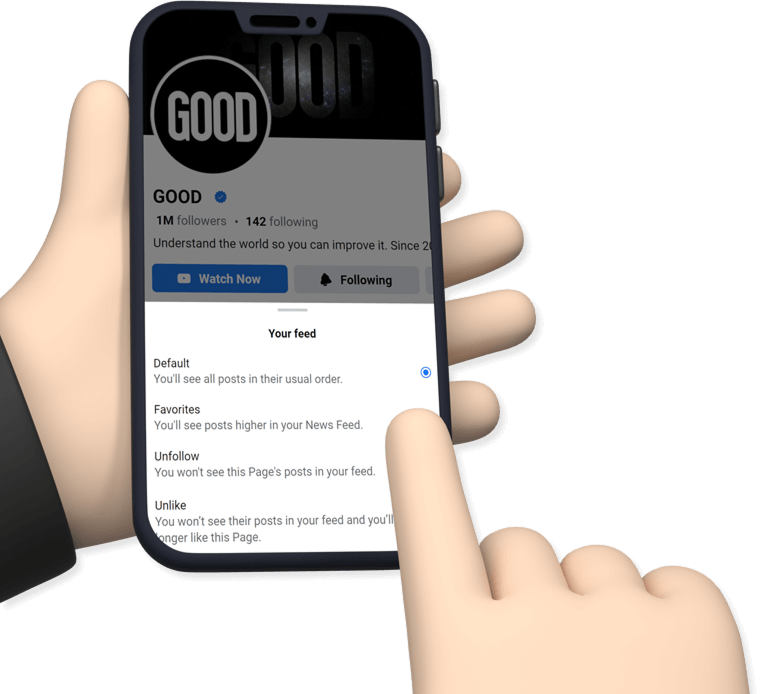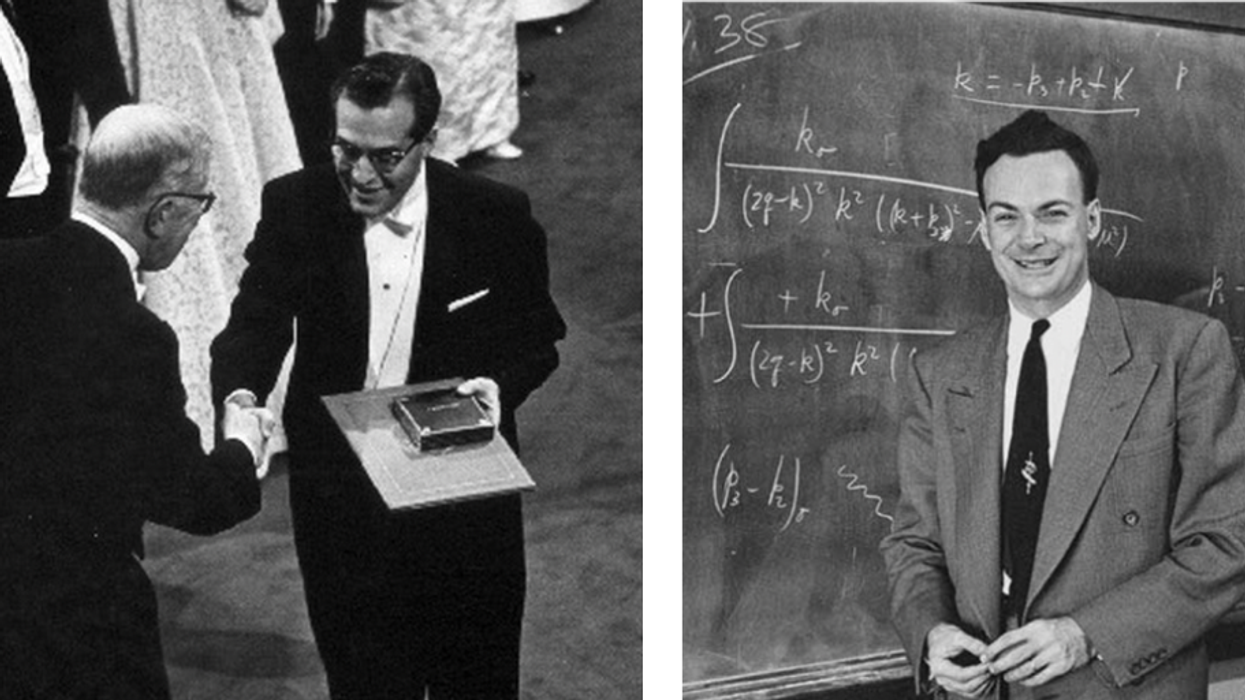After decades of decline, America's local markets are making a comeback.
After a visit to the bustling Pike Place Market in Seattle, a financial adviser for philanthropist Betty Noyce (the late, ex-wife of the Intel microchip founder) suggested that she fund a new public market in Portland, Maine, in order to revitalize the downtown. Noyce went on to finance the $9.4 million Portland Public Market, which opened in 1999 with 23 food vendors. Over the next seven years, farmers lodged complaints about poor access, the market struggled with a high vendor turnover rate, and two high-end restaurants there failed. In 2006, the market closed, after Noyce's foundation reported annual losses of about $1 million.Several vendors launched a subsequent campaign to "Save the Market" and a year later, a new, slightly renamed, Portland Public Market House-a smaller, unsubsidized building filled with four permanent vendors (three of whom own the building) and a community kitchen-opened on a square adjacent to the city's once-a-week outdoor farmers' market.Above: Quincy Market in Boston. |
Above: Milwaukee Public Market |













